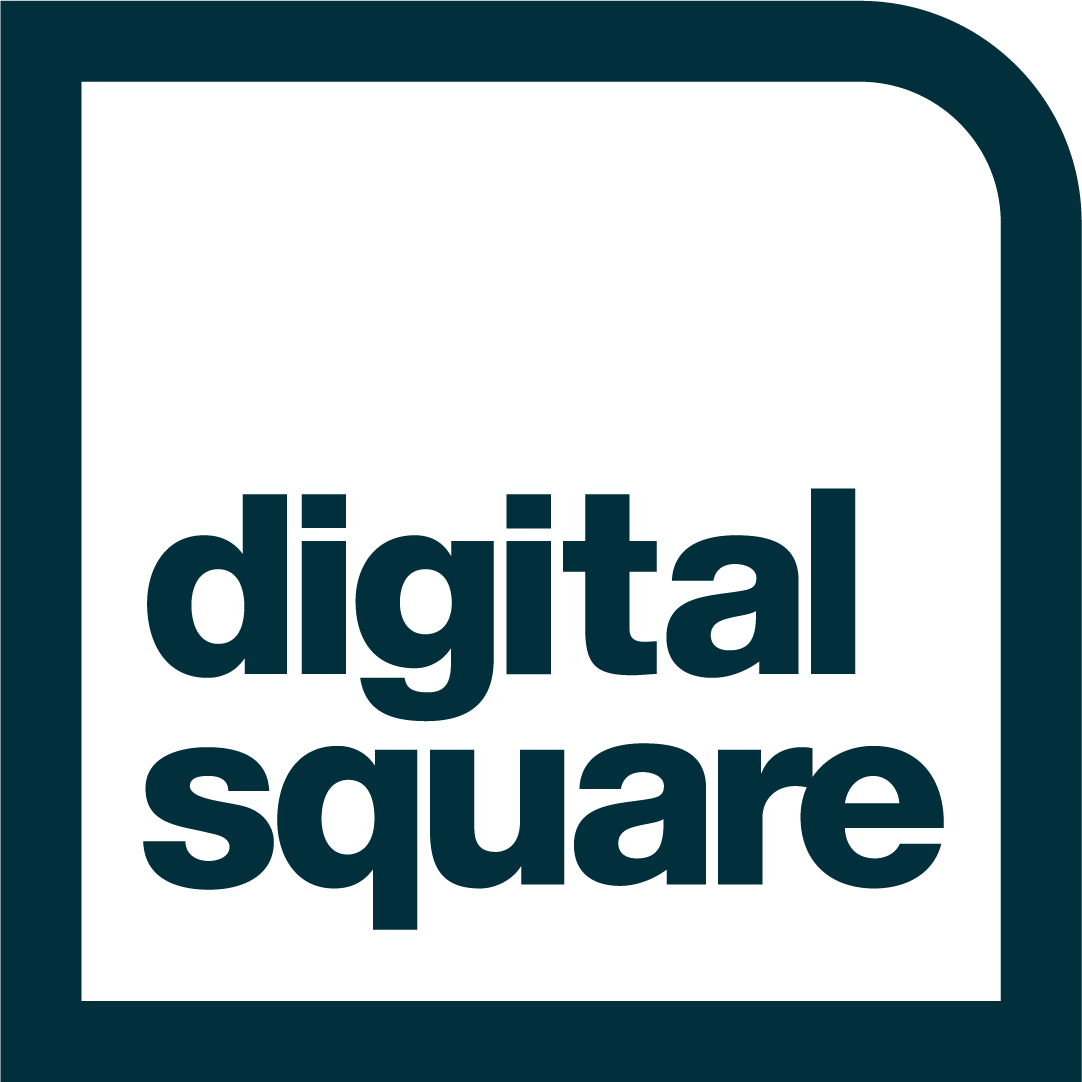More countries now using mHero to boost COVID-19 response
Photo: Sarah Grile for USAID
During any disease outbreak, real-time communication between national health authorities and frontline health workers is critical to protecting health workers and saving lives. IntraHealth International’s mHero application—a two-way, mobile phone-based communication system that connects ministries of health and health workers—is designed to do exactly that.
It comes as no surprise that countries and international development donors are looking to mHero to strengthen health systems and their responses to COVID-19, including by:
Building on lessons learned during the West Africa Ebola outbreak
mHero was conceived of, developed, and deployed at scale in Liberia during the 2013-16 Ebola crisis. IntraHealth collaborated with UNICEF to create the platform which helped strengthen Liberia’s health sector communication and overall health system, contributing to the end of the outbreak.
Since the end of the Ebola crisis, the Ministry of Health and Social Welfare of Liberia has continued to use mHero for routine communication and disease surveillance. As COVID-19 was spreading around the world, Liberia already had a tool for health workers to report any suspected cases and for the government to coordinate the national response.
Based on lessons learned from the use of mHero in Liberia during and since the Ebola outbreak, IntraHealth is adding a built-in electronic integrated disease surveillance and response (eIDSR) module to mHero.
“I am proud that our work with the Liberian government to use mHero in responding to the West African Ebola outbreak can be extended to COVID-19 response across multiple countries in 2020,” says Ally Shaban, Global Health Workforce Technologist at IntraHealth.
Monitoring the health of frontline health workers
With funding from Digital Square, IntraHealth is deploying mHero in the Democratic Republic of the Congo (DRC) and Liberia to collect data on the health of the health workforce. The responses to the quick daily or weekly health and safety check ins, referred to as the Health Worker Health Snapshot, will help ministries of health keep an eye on the health and safety of their health workers, ensuring that they have sufficient personal protective equipment and are not becoming infected with COVID-19.
"When the right stakeholders are provided with data collected through mHero," explains Caitlin Loehr, Digital Health Technical Advisor at IntraHealth, "it can create a powerful feedback loop where the ministries of health can get critical information about the needs and conditions around the country and then they can address those needs and improve the conditions. This makes health workers feel that they are being heard and cared for, encouraging them to continue using mHero which, in turn, increases support of the system by health officials."
Strengthening the frontline response
As part of the USAID-funded Human Resources for Health Mechanism in Kenya, IntraHealth is helping the government and frontline health workers use mHero to communicate swiftly in response to COVID-19.
Messages sent via mHero have reached 20,000 health workers, providing them information related to COVID-19, including: infection prevention and control, contact tracing, home-based isolation care, risk communication, as well as stigma and psychosocial support. Within a few weeks the value of the system was clear, as noted by Gladys Mugambi, head of the Health Promotion Division at the Kenya Ministry of Health: “As a result of mHero, health workers are being empowered in the fight against COVID-19 with key messages while the Ministry of Health and the counties have strengthened communications with the health workforce."
In seeing how the system is an efficient way to communicate with health workers, the government is now eager to expand the use of mHero to also collect vital feedback from frontline health workers and to use the system beyond COVID-19 response. Mugambi expects that the feedback from the frontlines will "play an important role in shaping government policy geared towards the safety and welfare of health workers in the country." To achieve this the MOH will widely promote the platform so that health workers are familiar with mHero including how it works, how they can use it, and how it will help them protect and promote health in their facilities and communities.
Improving the usability of mHero
Through the Digital Square partnership, IntraHealth is updating and developing tools and guidance to support users throughout the entire process of implementing mHero. A readiness assessment can help determine what pieces are in place, or are needed, to quickly implement mHero based on elements of the enabling environment. Recommendations for data cleaning reiterate the importance of having valid and accurate contact information for health workers. Tips on drafting messages and developing message flows ensure that messages sent out to health workers are informative, concise, and relevant to boost the response rate. Lastly, guidance on making use of data collected via mHero establishes a feedback loop that motivates continued use of mHero.
Across the countries where mHero is being implemented we work closely with the implementation teams to add features and functionalities that increase the usefulness of mHero for them and expands the possible ways that mHero can be used elsewhere.
Please get in touch if you are interested in bringing mHero to your country too!
A version of this originally appeared on IntraHealth’s website on August 20, 2020. You can read it here.


